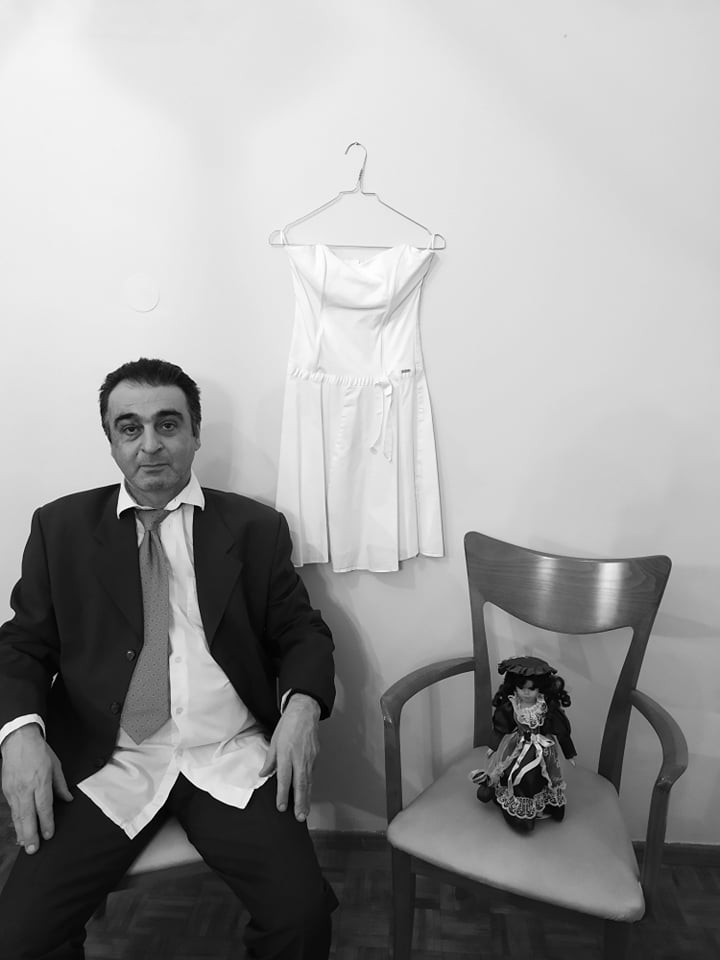Some facts about salt you may not know yet
A simple ingredient, salt is contained in most of the meals a person could have around the day. Sodium chloride is a rock, which makes it the only family of rocks regularly eaten by people. It could also be used as an effective cleaner in the kitchen or on bathroom appliances. With so many different applications, it’s not surprising that there are some things about salt that aren’t commonly known – so let’s have a look at some!
Salt, the answer to all suffering?
Kosher salt or kitchen salt can be used for cooking or cleaning. It is free of any additives, such as iodine. Iodised salt sounds chemical and dangerous but rather is a prophylaxis for serious health issues. Mixing a small amount of iodine in salt was a requirement in states like Switzerland, Austria, USA, and in the German Democratic Republic before the reunion. Today, in the reunited Germany the use of iodised salt is not legally required but many German households use iodised salt. Why is that? Due to the national iodine deficiency, which is no longer an issue, the WHO recommended only using iodised salt. Until today this type of edible salt helps a great deal in preventing serious iodine deficiencies and resulting health issues.
Be careful children, that’s a lot of sodium
What is often shouted out as a joke is not nearly as fun when it comes to health risks associated with a high sodium intake. According to the FSSAI (Food Safety and Standards Authority of India), the average Indian consumes around 10g of salt per day. The recommended amount would be only half of that. But reducing the salt intake is often easier said than done. Since the taste for salt is acquired, one should only consume very little amounts from an early age. Fast food items like burgers or pizza are higher in sodium due to their serving size. Adding extra salt to meals like salads could be dangerous. Processed foods like salad dressings, pickles or ketchup are also extremely high in sodium. One might think adding sea salt would be healthier, but you’re up for a surprise. Sea salt and table salt roughly contain a stunning 40 per cent amount of sodium. When you’re trying to go for healthy seasonings, try garlic, pepper, herbs like oregano, sage, rosemary, or a little bit of acid like lemon juice or vinegar, which boosts flavour without adding sodium.
Did you know?
In ancient Rome, salt was so valuable that soldiers were paid with it. The Latin word for salt, sal, is the etymological root of the word salary. If a soldier did not do his job right, he was not paid in full which is the birthplace of the expression “not worth his salt”.
Only 6 per cent of the salt used in the United States is added to food. 17 per cent of the salt is used to salt the streets, so they don’t freeze in the winters. The 10-cm Don Juan Pond is the saltiest pond, with a salinity level of 40 per cent which ensures that the water in it rarely to never freezes.
Aside from some fun trivia about salt, there’s something else we can take away from this: even the most innocuous-looking everyday items in our homes can have a rich history.
Author: Katerina Bompodakis

